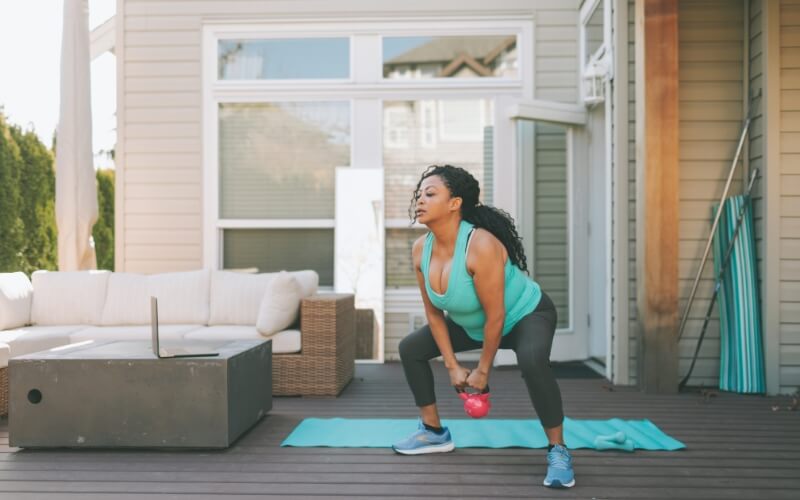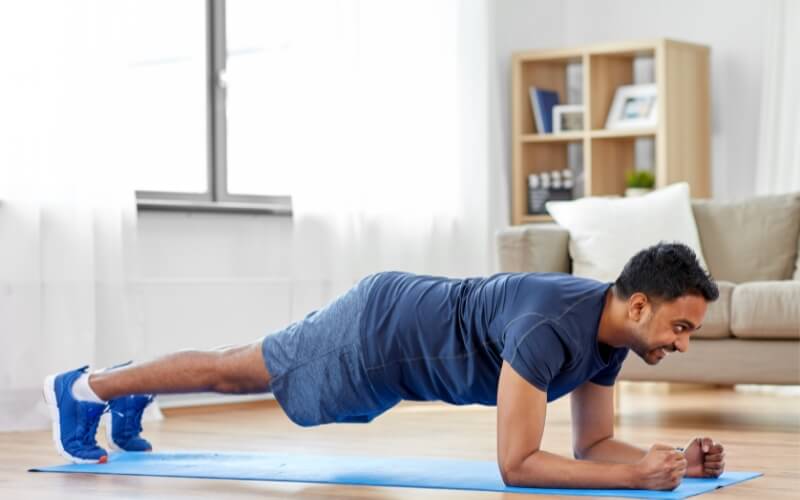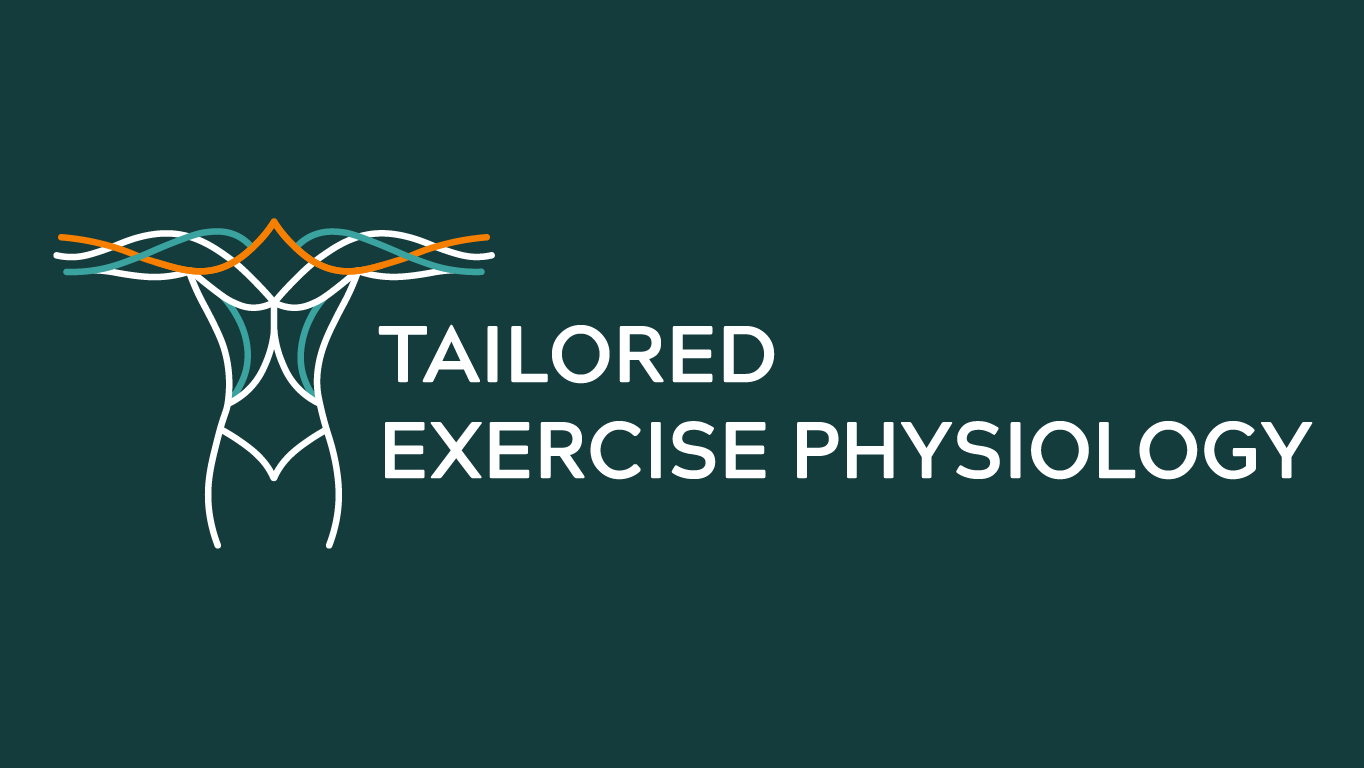How to Start Exercising: The Science-Backed Benefits of 30 Minutes a Day (Even from Home)
If you’re new to physical activity or wondering how to start exercising (or maybe restart exercising), you are not alone. Whether you are returning after a long break, managing a chronic condition, or just beginning your wellness journey, the idea of working out can sometimes feel daunting.
But here’s the truth: 30 minutes of structured physical activity most days, even if done as home exercise, can have large benefits to your physical and mental health.

Why Exercise? The Science Behind the Movement
Regular exercise supports major body systems, including the cardiovasucular, metabolic and musculoskeletal systems.
As Accredited Exercise Physiologists and supporters of the national Exercise Right campaign, we believe everyone deserves access to the benefits of exercise, regardless of age, ability or health status.
Here’s the science behind why it matters, and how you can make it work for you.
Neurochemical Function
Aerobic and resistance exercise increases the release of neurotransmitters such as serotonin, dopamine, and norepinephrine. These chemicals help to regulate mood, focus, and emotion. Physical activity also elevates levels of brain-derived neurotrophic factor (BDNF), a protein that supports cognitive function and neuroplasticity.
Cardiovascular & Metabolic Health
Exercising, especially at moderate or high intensities, helps improve key features of the cardiovascular and metabolic systems including cardiorespiratory fitness, blood pressure, insulin sensitivity, and lipid profiles.
This is particularly important for reducing the risk and prevention of prominent cardiovascular and cardiometabolic conditions like Type 2 Diabetes, obesity, and hypertension.
Musculoskeletal Health
Weight-bearing and resistance-based activities improve bone health by stimulating bone layering and density. Not only does this reduce the likelihood of osteoporosis and sarcopenia, it also has practical implications to daily lifestyle like improved neuromuscular coordination, whole-body strength and balance. This will help prevent falls and injuries, especially important as we age.

How to Start Exercising as a Beginner
If you’re starting from scratch, the goal isn’t to “go hard or go home”, it’s to start gradually and build consistency. Here are science-informed tips for working out as a beginner:
1. Start with Low to Moderate Intensity
Begin with activities like walking or bodyweight resistance training. The Rate of Perceived Exertion (RPE) scale is a useful tool, aim for an RPE of 3–5 out of 10 (moderate effort) when starting out.
2. Use the FITT Principle
- Frequency: Aim for most days of the week
- Intensity: Moderate (slightly puffed but can still talk)
- Time: 30 minutes total per day (can be split into 3 x 10-minute sessions)
- Type: Choose activities you enjoy and can stick to
3. Track Progress Over Time
Use a journal or fitness app to monitor what you do and how you feel. Improvements in energy, strength, and mood are strong motivators.
4. Set Realistic Goals
Most importantly, set goals for how often you plan to exercise. Health authorities, including the World Health Organization (WHO) and Exercise & Sports Science Australia (ESSA), recommend at least 150 minutes of moderate-intensity physical activity per week for adults. If this is not be a realistic target for you, try 30 minutes, 3 times a week. On days you are not exercising, consider increasing your overall activity with a step count goal.

Home Exercise: Practical Ways to Make It Happen
For many, especially those managing time constraints, caring responsibilities, or chronic conditions, home exercise offers a convenient and accessible solution.
Common Barriers, and How to Beat Them
- “I don’t have time”: Try 3 x 10-minute sessions during the day
- “I don’t know what to do”: Follow structured online programs or consult an Exercise Physiologist
- “I’m not fit enough”: Exercise is scalable, start at your level and progress over time
- “I hate exercise”: You may just hate some types of exercise. Experiment to find what you enjoy, gardening, dancing, walking your dog all count!
Take the First Step Today
Whether you’re aiming to prevent disease, support recovery, or simply feel better day to day, the science is clear: daily movement matters.
You don’t need a gym. You don’t need fancy equipment. You just need to start.
At Tailored Exercise Physiology, we work with people of all ages and abilities to build evidence-based, realistic programs, especially for those just beginning their journey.
If you’re ready to move more but aren’t sure where to start, reach out to speak with an Accredited Exercise Physiologist today.


